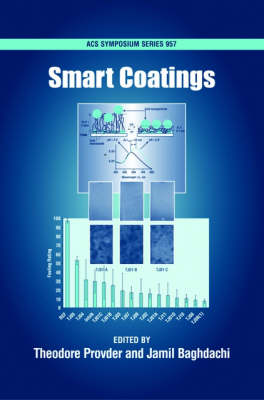ACS Symposium
2 primary works
Book 790
Fourteen papers cover three areas of film formation: Aspects of film formation mechanism, film property development in thermoplastic and crosslinkable systems, and the morphology and film structure of the resulting films. Advanced instrumental measurements are used to define morphology and determine unique film structures as well as to provide input into models of the film formation process.
Book 957
Over the past 25 years coatings technologies have been influenced by the need to lower volatile organic contents (VOC) in order to comply with stricter environmental regulations as well as to reduce the use of costly petroleum based solvents. During this time the use of waterborne coatings in the architectural, industrial maintenance and original equipment manufacturing (OEM) sectors has continued to grow replacing solvent based coatings while meeting the ever
decreasing VOC targets. In addition to waterborne coatings, other alternative technologies in the industrial and OEM sectors include powder coatings, uv-curable coatings and high solids coatings have had significant growth. Traditionally these coatings had the primary functions of protecting and
decorating substrates. More recently, there has been growth in Research and Development and commercial product generation of coatings which have novel functions and sense and interact with their environment in addition to having the traditional protection and decoration functions. These coatings are often referred to as Smart Coatings. These types of coatings generally provide significant added value. Smart Coatings can be achieved in many ways such as by addition of additives and strategically
designing polymer structures and coatings morphologies.
decreasing VOC targets. In addition to waterborne coatings, other alternative technologies in the industrial and OEM sectors include powder coatings, uv-curable coatings and high solids coatings have had significant growth. Traditionally these coatings had the primary functions of protecting and
decorating substrates. More recently, there has been growth in Research and Development and commercial product generation of coatings which have novel functions and sense and interact with their environment in addition to having the traditional protection and decoration functions. These coatings are often referred to as Smart Coatings. These types of coatings generally provide significant added value. Smart Coatings can be achieved in many ways such as by addition of additives and strategically
designing polymer structures and coatings morphologies.

